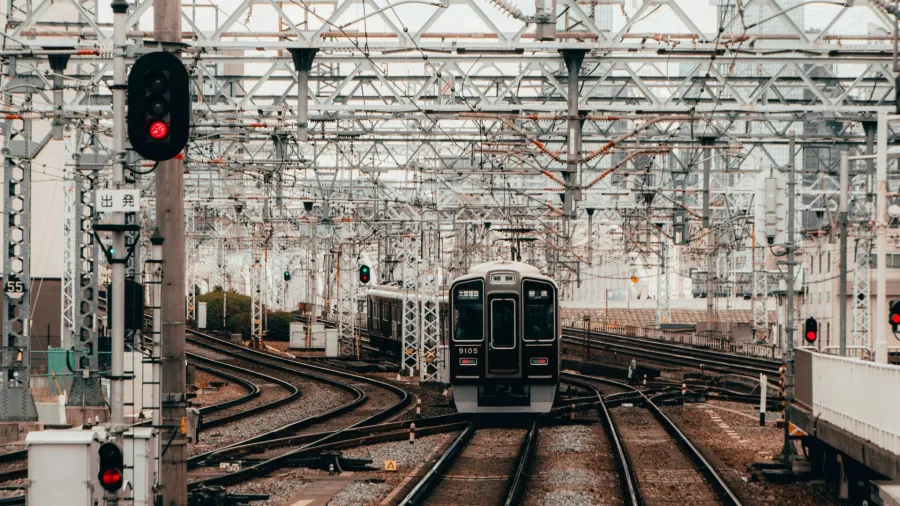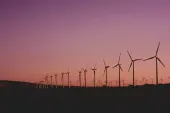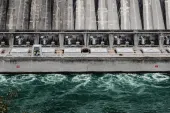
ENEOS Renewable to supply solar power to JR West via KEPCO
It will generate power from a solar project with a total output of 18,000 kW.
ENEOS Renewable Energy Corporation (ERE) signed a corporate power purchase agreement with West Japan Railway Company (JR West) and the Kansai Electric Power Company (KEPCO) to provide electricity generated from solar power.
In a statement, ERE said that, under the agreement, it will supply 30 million kilowatt-hours of electricity annually to KEPCO.
Electricity retailer KEPCO will then supply power to JR West.
JR West will use the power to run the trains between Shin-Ōsaka Station and Okayama Station on the San-yō Shinkansen line, reducing carbon dioxide emissions by around 12,800 tonnes per year.



















 Advertise
Advertise






